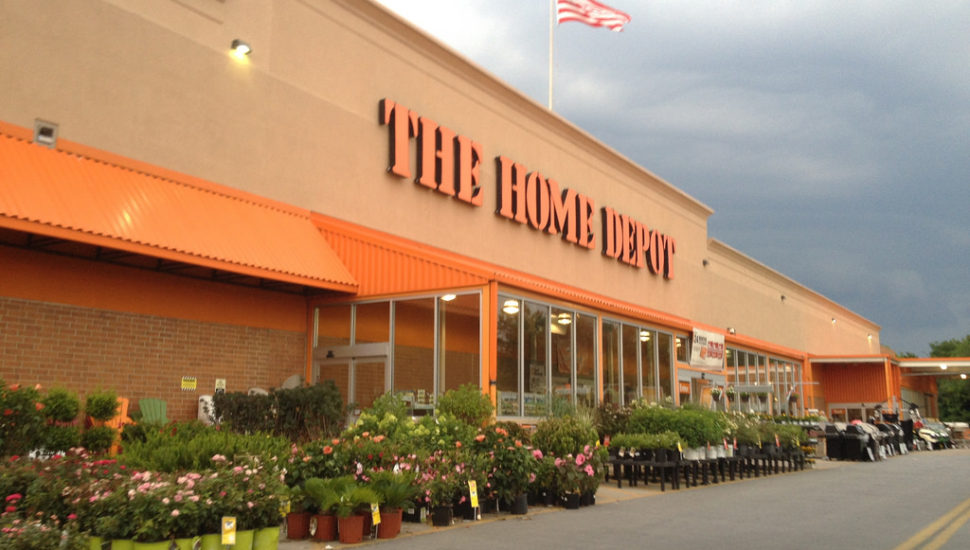

A big-box store like Home Depot might hit with a larger wholesale contract, but they’ll likely offer you a lower price. This means that a wholesale distributor would pay around $2 per item so they can still turn a profit when they retail at $4. Here’s a good example: If a product costs $1 to produce, you’d typically want to retail it for $4. Be careful not to get caught in the fray. They want to be able to sell stuff at the best prices possible, after all.

Distributors might try to strip your profit margin to absolutely nothing just to benefit their own agenda. In order to become one of Home Depot’s vendors and actually make money, you need to have a reasonable profit margin that covers the costs of labor, packaging, shipping, marketing, wholesale distribution and commission. Try to get in with trade shows where you can showcase your product in front of other retailers before you jump into the big leagues.

Start by building sales via your own e-commerce website. It’s important to start building your brand before you try to get it into any big-box retailer. As great as your product may be, if you don’t have the proven sales, then your vendor application probably won’t be accepted. Home Depot suppliers have a notable demand for their products. This is why you have to do some market research and ask yourself some serious questions before you attempt to become one of Home Depot’s suppliers.ĭoes your product fill a hole in the market? Why would a customer choose you over another brand? Do you have a reliable means of production? If you can clearly answer these questions, then give yourself the go ahead and make your small business dreams come true. Start With Market ResearchĪ product will only be successful if the customer actually needs it. Becoming a Home Depot vendor is as easy as filling out an application on the company's website.


 0 kommentar(er)
0 kommentar(er)
